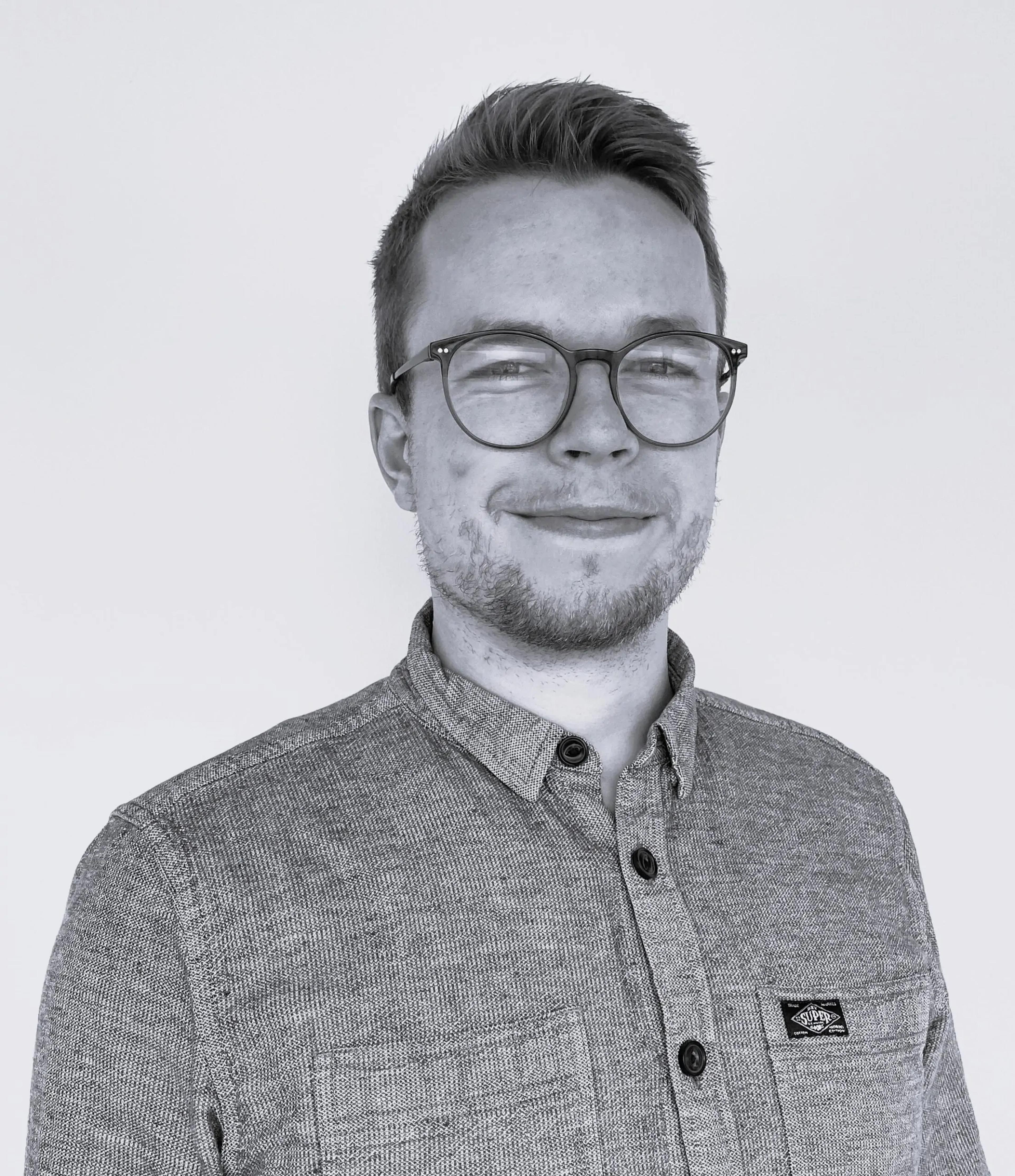New common guideline launched in the wind industry: “Without standardization we will not reach the next level”

Facts
Project period
Partners
About the project
New common guideline is a big step forward for the offshore wind industry, where a common standard now makes it possible for OEMs, shipping companies and developers to reuse seafastening across projects.
Why Wind Industry Standardization (WIS)?
Standardization of tools and equipment across wind industry projects and OEMs (original equipment manufactures) can accelerate the green transition, and help both Denmark and the EU’s ambitions for the expansion of offshore wind. At the same time, it can lower energy costs for consumers.
Solution
Energy Cluster Denmark has therefore created a partnership to standardize equipment and tools in the wind industry (WIS – Wind Industry Standardization). The partnership consists of Siemens Gamesa Renewable Energy A/S, Vestas Wind Systems A/S, Cadeler, Fred. Olsen Windcarrier A/S Denmark, Havfram and is facilitated by Energy Cluster Denmark.
By developing common designs and interfaces as well as a common interpretation of industry standards, suppliers can use standardized solutions. This will make wind energy more cost-effective, accelerate the green transition and ultimately lower energy costs for consumers. The project will initially focus on standardizing tools and equipment so that they can be used across projects and OEMs.
Subprojects:
- Seafastening Design Guideline(done)
- Seafastening Blade Rack Root End Design (done)
- Tower Transport Equipment (in progress)
- Nacelle Transport Equipment (in progress)
- Tower Stand for Pre-assembly (in progress)
- Port Requirement Guideline (pre-project)
Project types
Generally, three types of projects are expected:
Type 1: A common guideline. For example, the common guideline for planning and executing lifting operations in offshore wind, which was developed earlier.
Type 2: The parties involved create a common design guideline, including product requirements specification and clearly defined interfaces. This document is published for free use by everyone, so that everyone has the opportunity to design their equipment based on the guideline regardless of whether they have been part of the collaboration or not.
Type 3: The work is taken a step further than type 2, and a common design is developed based on the common requirements. The common design (and usually also the design guideline) is published.
Initially, most projects are expected to be type 3, making it easier for third parties to produce and own the equipment.
Shared equipment will also make it easier to create common instructions for the work (lifting, installation, etc…).
Project in the media
Videos
Articles
Want to learn more?

Skibsbyggerivej 5, 3. sal.
9000 Aalborg
Navitas
Inge Lehmanns Gade 10
8000 Aarhus C
House of Offshore Innovation
Kanalen 1
6700 Esbjerg
Port House
Vendersgade 74
7000 Fredericia
BLOXHub
Bloxhub, Bryghusgade 8, 3. sal,
1474 København K
Energy Cluster Denmark
Nørre Havnegade 43
6400 Sønderborg
©Energy Cluster Denmark 2025